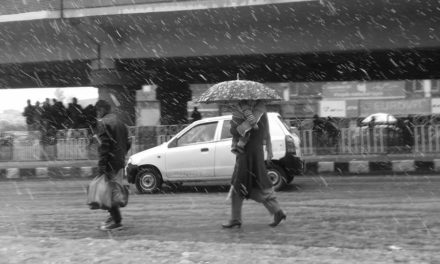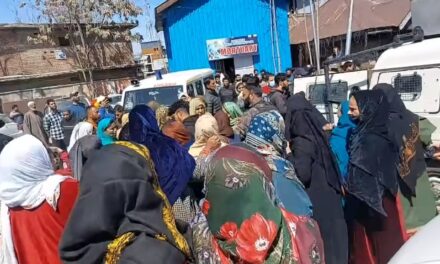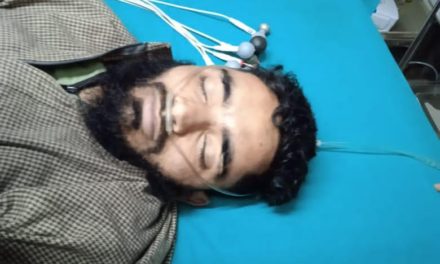![]()
KNZ NEWS DESK
Anantnag, Apr 06 : The National Disaster Management Authority today held a detailed meeting on the Kokernag Sinkhole event.
The meeting held through virtual mode, was attended by representatives from NDMA, Central Water Commission, Geological Survey of India, National Centre for Earth Sciences, Central Water and Power Research Stations, National Institute of Hydrology, Wadia Institute of Himalayan Geology, Indian Institute of Remote Sensing, Relief Commissioner, J&K SDMA and District Administration Anantnag, Irrigation and Flood Control.
At the beginning, SDM Kokernag through a presentation put forth the background of the event. He said that the district administration has filled the sinkhole with naturally graded material and crates.
He said that a multi departmental team including representatives from Kashmir University, NIT Srinagar, Geology Department, Fisheries, Jal Shakti and Revenue department conducted a detailed study. Based on the preliminary study and tracer studies conducted through NIT Srinagar, it was inferred that the phenomenon occurred due to underlying karst topography.
He further said that 90 percent of the water going into the sinkhole has an outlet in Achabal which is 16 kms from the sinkhole. The report of the committee was shared with the participants.
While the team has taken immediate preventive steps, a thorough discussion on the future course of action was held. All the participants in the meeting agreed that the response so far has been scientifically based and has been instrumental in preserving the site for future studies.
NDMA desired that proposal for centrally funded studies be sent to ensure that detailed geomorphology of the underlying karst topography can be understood and future interventions designed accordingly.
It is in place to mention that after the occurrence of the event, District Administration under the vigil of Deputy Commissioner Anantnag had taken immediate steps to prevent any tragedy at the spot including issuing of detailed news briefs to quell rumour mongering, imposing Section 144 to prevent any mishap and creating diversionary canals to safeguard the interests of agriculturists.
Preliminary studies including Proton Precession Magnetometer studies were conducted and the decision to fill the sinkhole was taken after due deliberation with all stakeholders.(GNS)

























